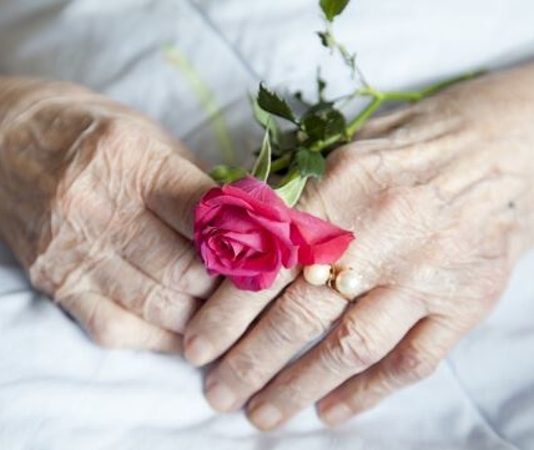AARP and the National Alliance for Caregiving have partnered again to create, “Caregiving in the U.S. 2020” report. It’s interesting to take a look at the numbers and see if you might be able to relate, or to give insight into the trends that you—as a family caregiver—might be part of too.
So.Many.Caregivers.
One of the big news items in this report is the growth in family caregiving: more than one in five Americans are caregivers, defined as providing unpaid care to an adult or a child with special needs. This is estimated to be 53 million adults in the United States, compared to 43.5 million in the 2015 survey.
Those caring for just adults (not a child with special needs), the report notes, “the prevalence of caregiving has risen from 16.6 percent in 2015 to 19.2 percent in 2020.” Put another way, 8 million more people are caring for a friend or family members who is age 18 or older with the biggest increase being caring for someone who is age 50 or older. In 2015, there were 34.2 million people caring for an adult over 50 and in 2020 there are an estimated 41.8 million people caring for someone in that age group.
There is not one specific reason for the increase, and the authors of the report speculate a confluence of factors, including the aging baby boomer population needing care and people identifying themselves as caregivers, are behind the changes.
Who Is a Caregiver?
The makeup of caregivers across gender, race, and age demographics has not changed much since the previous AARP study. The 2020 report found that:
61% of family caregivers are non-Hispanic White
17% of family caregivers are Hispanic or Latino
14% of family caregivers are non-Hispanic African American or Black
5% of family caregivers are Asian or Pacific Islander
3% of family caregivers are some other race/ethnicity, including multiracial
It should also be noted that this survey considers someone who is considered family to be from “family of origin” and blood related or “family of choice” and not biologically related.
Interestingly, 74% of caregivers who are age 75 and older are also caring for someone who is 75 and older. Eighty-one percent of caregivers who range in age from 18 to 49 are caring for someone who is age 50 or older.
Who Is a Care Receiver?
Of those who need this support, the AARP survey found:
89% of family caregivers help a relative
50% of family caregivers are supporting a parent or parent-in-law
12% of family caregivers are caring for a spouse or partner
8% of family caregivers are a caregiver to a grandparent or grandparent-in-law
6% of family caregivers help an adult child
10% of these caregivers are helping out a friend or neighbor
The reasons for needing care tend to be long-term physical conditions (63%, up from 59% in 2015), such as “memory problems” as a result of Alzheimer’s disease or another form of dementia (26%, up from 22% in 2015). The report explains, “…suggests that not only are more American adults taking on the role of unpaid caregiver, but they are doing so for recipients who may have increasingly complex medical or support needs.”
Take a Break
Despite more awareness that getting support as a caregiver would be beneficial, the numbers seeking out additional help remains low with only 14% of family reporting the use of respite care. Paradoxically, 38% (up from 33% in 2015) say that respite care would be helpful to them.
However, the report emphasizes that care needs will only continue to intensify and place a greater burden on family caregivers. “In addition, caregivers themselves require support to ensure they do not suffer deteriorating health effects, financial insecurity, or a combination of these negative impacts.”
Learn more in the full report.





